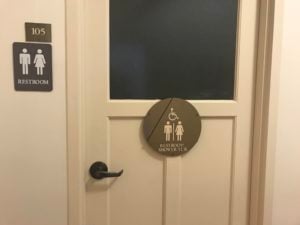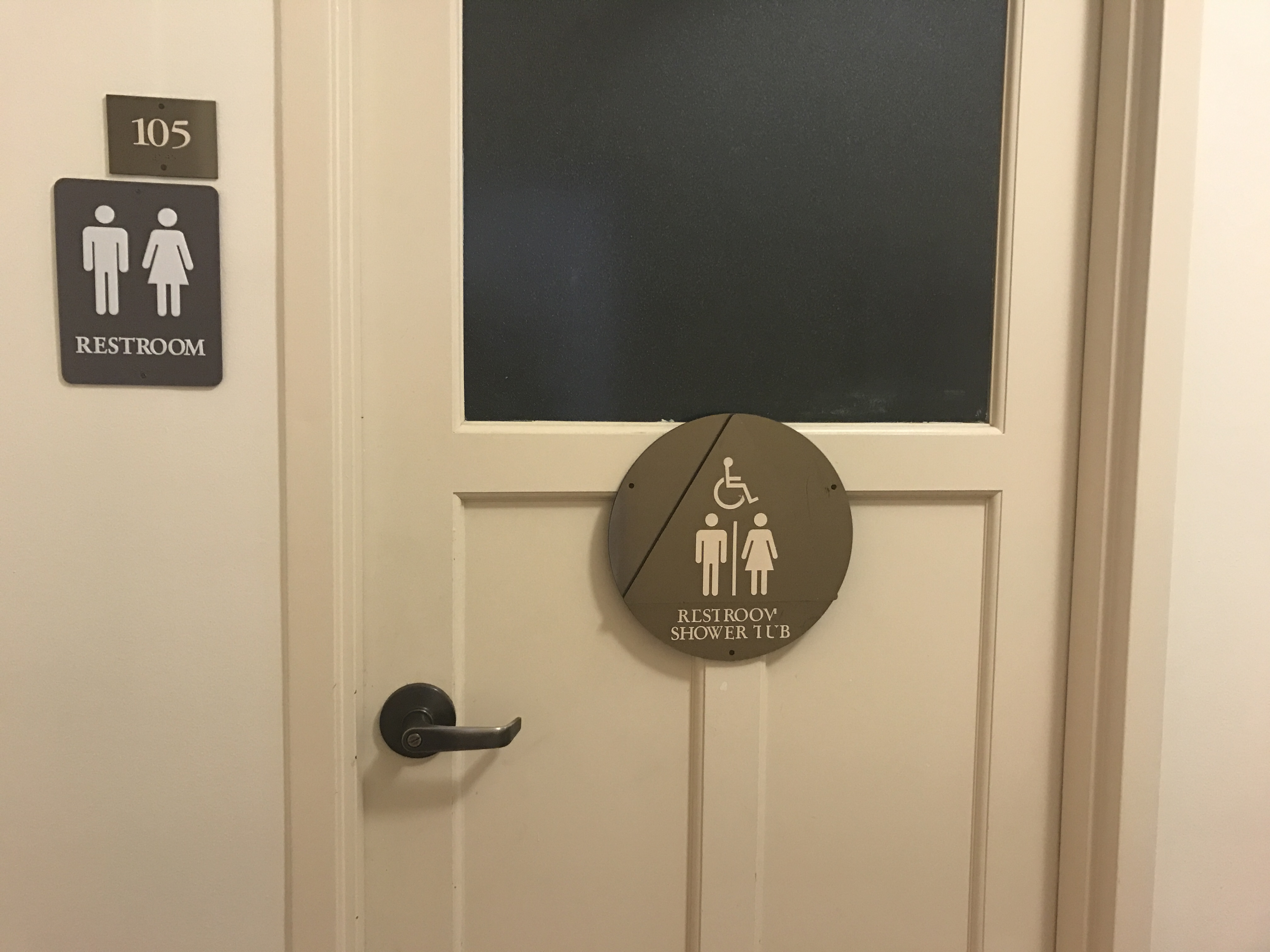Single-occupancy restrooms on campus will soon all be converted to gender-neutral facilities due to new California legislature and ongoing administrative efforts.

The Diversity and Access Office (D&A Office) has been spearheading the campaign to convert all single-occupancy restrooms. According to Associate Director Sheila Sanchez, the D&A Office took charge of the current effort due to their prior experience with single-occupancy restrooms, particularly facilities for students with disabilities.
These efforts have coincided with Assemblymember Phil Ting’s recently passed Assembly Bill 1732. The bill mandates that single-user restrooms open for public use be converted to all-gender facilities, effective March 1.
“I’m very proud of the fact … that the University has been very proactive,” Sanchez said. “This initiative was happening in response to individual community members, whether that be student[s], staff or faculty who brought this request forward, and it was in response to that — not necessarily to [the bill].”
Kai Kent ’17 has long been in favor of renovating restroom signage. When the new bill was passed, Kent initiated an email campaign to push building managers to comply with the law as soon as possible and is optimistic about progress at Stanford.
“Things are heading in the direction [towards all-gender restrooms],” Kent said. “It’s just a question of how fast.”
To comply with new legislation, the only change required is to update the signs on the restrooms from gender-specific to gender-neutral. The difficulty in changing these signs, however, is keeping them complicit with guidelines in building codes as well as matching them with the aesthetic of the buildings they inhabit.
To address these problems, Sanchez and the D&A Office put together a working group to present a proposal to the Office of the Provost. The working group includes a university architect, Dave Lenox, representatives from Human Resources, Residential and Dining Enterprises, the Department of Athletics and the Department of Project Management.
The Office of the Provost accepted the proposal and approved funding for 2018 to 2020. The three-year project includes funds to not only update signs, but also to investigate and include new single-occupancy, all-gender restrooms in spaces currently lacking them.
Proposed signs for the all-gender bathrooms are still in development. Sanchez stated that drafts of signage have been circulated among groups on campus to collect a range of input, including the LGBT Community Resources Center and Queer University Employees at Stanford.
All efforts to update restroom signs before the new guidelines were developed have been conducted on a case-by-case basis, often due to proactive efforts on the parts of individual departments and building managers. Sanchez was particularly appreciative of the Department of Athletics, which has converted all of their signs, as well as the School of Engineering.
“The process has been super smooth, and we haven’t heard any resistance to date,” Sanchez said. “We’re in the beginning stages of rolling this out in totality, and I think that we are prepared for unique situations.”
Contact Matt Nissen at mnissen1 ‘at’ stanford.edu.
